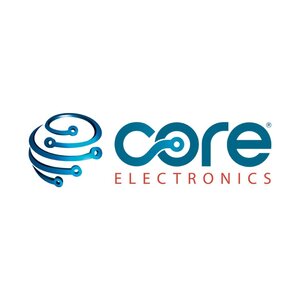We've been waiting years for more stock of the most affordable Model B board, the 1GB variant.
It has not only landed, but we've also discounted the price.
Various delivery options (check our website for delivery costs to your location). Free pickup for locals in Newcastle (order must be placed online).
The Raspberry Pi 4 is a leap forward for single-board computing. While the Raspberry Pi 4 is still a fantastic educational tool and maker hardware, it's now a proper PC replacement for many home uses, school projects, and commercial products.
We have a wide range of guides for Raspberry Pi, along with a step-by-step workshop. These guides are made for makers, by makers, and we're here if you need help.
Key features:
- 1.5GHz quad-core ARM Cortex-A72 CPU
- VideoCore VI graphics
- Hardware 4kp@60Hz HEVC decoding
- True Gigabit Ethernet
- 2.4 GHz and 5.0 GHz IEEE 802.11ac wireless, Bluetooth 5.0, BLE
- 2 × USB 3.0 and 2 × USB 2.0 ports
- 2 × Micro-HDMI ports (1 × 4kp@60Hz or 2 × 4kp@30Hz)
- USB-C for input power, supporting 5.1V 3A operation
- 3 LPDDR4 RAM options available: 1GB (this listing), 2GB, 4GB, and 8GB
- Supports the SDXC standard, allowing you to use microSD cards up to 2TB (we recommend 32GB for Raspbian OS)
We also have enough Raspberry Pi Zero W available to purchase them simultaneously as another board variant. Yeee!
And because there is always some curiosity about what you can use these for, here are some project ideas for Raspberry Pi boards. ChatGPT is just as helpful with building all of those types of projects as we are over on our Maker Forum :)


At this point, by the time you add up everything, I would just buy a refrub SFF PC. Unless power usage is a big concern.